Recent Articles
Popular Makes
Body Types
10 Best SUVs With Adaptive Cruise Control

2017MBenzGLSClassfrontaction
Not so long ago, any SUVs with adaptive cruise control would have been just the really expensive ones. That’s still partially true, but now Jeep, Kia and Nissan are among several more mainstream brands offering this feature. What it does is adapt to the speed of the vehicle in front (when there is one), so it’s more useful than regular cruise control — which is only really worth bothering with when there’s nothing else on the road. These systems tend to be radar-based, some use cameras, others use lasers and there are probably a few using a combination of technologies. Often there are two radars, one for close range and another for further away. The “brain” gathers information to calculate the distance and speed of any vehicle ahead and reacts to keep a safe space. The driver can adjust the gap to the vehicle in front, but even the closest setting is usually more than someone might choose when not using this function. The invitation then is for other vehicles to cut in. But that mild irritation might be worth putting up with when the benefits could include fewer speeding tickets and no repair costs. Adaptive cruise control normally comes as part of a package that might cost around $1,500 or even up to $2,500. It’s probably worth going for, though, since there’ll come a time (probably quite soon) when every new car will offer it. So why resist progress? Once you’ve got over the initial hurdle of learning to trust it, you might find it indispensable. Come and check out our list of top SUVs with adaptive cruise control.
2016 BMW X5
We can always rely on German marques to be among the most tech-rich vehicles. The 2016 BMW X5 midsize premium crossover SUV is a fine example. “Active Cruise Control with Stop & Go” is the official title of BMW’s adaptive cruise control feature. The second part of that title has two meanings. One is that the system will slow the vehicle down if necessary, even to a complete halt, and then resume the preset speed when appropriate. When the X5 is at a standstill, though, the engine can stop (just like hybrid cars usually do) and then fire up again when the driver is ready to roll. It’s also possible to pre-program up to four speed selections.
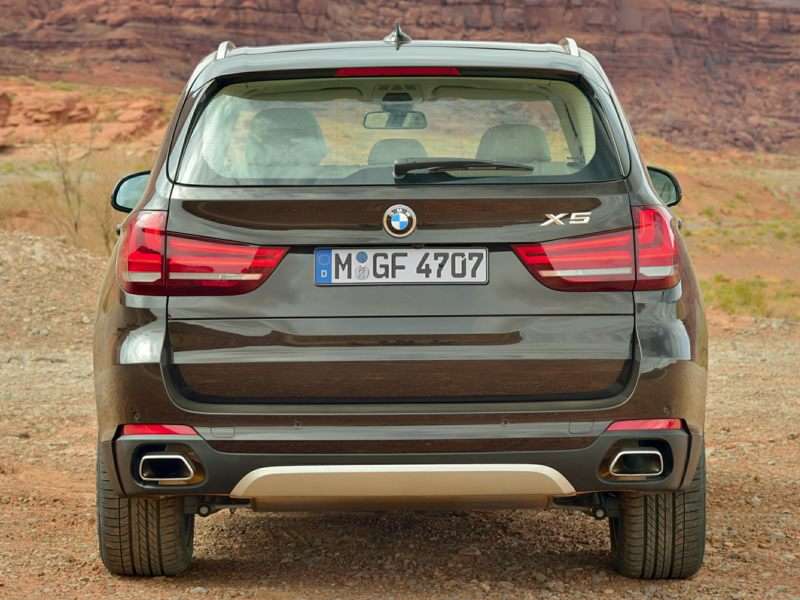
2016 Jeep Cherokee
More evidence of the trickle-down theory of technology. What used to be exclusively high-end equipment eventually finds its way into goods and products the rest of us can afford, like this compact crossover SUV. Although what Jeep calls “Adaptive Cruise Control-Plus” is available as part of the Technology Group options bundle for which only the higher Limited and Trailhawk trim levels are eligible. So far. However, the usual current array of safety features such as lane keeping assistance, forward collision warning and blind spot monitoring are also included, along with an automated parallel/perpendicular parking function. The adaptive cruise control system here allows the driver to disable the adaptive aspect for those situations when approaching a vehicle with the intent to overtake.
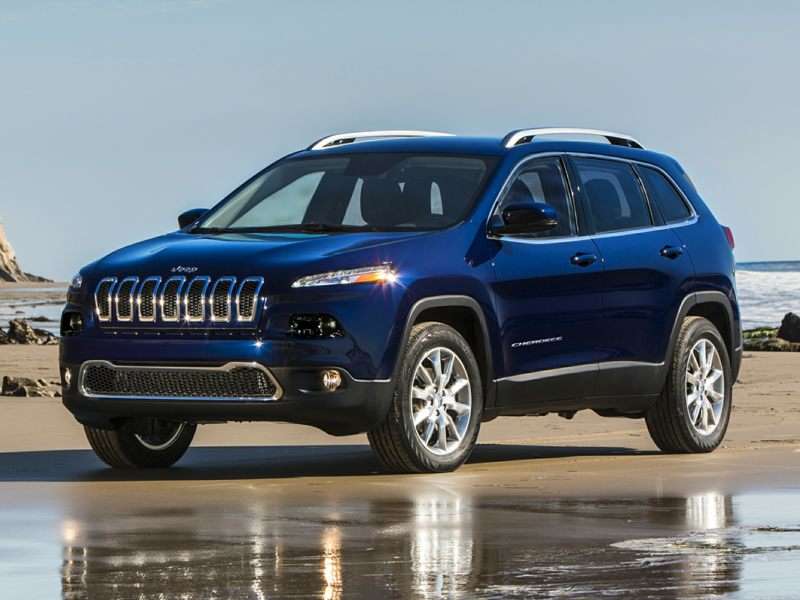
Photo by Jeep
2016 Kia Sorento
All-new for 2016, the Kia Sorento has matured into an excellent midsize crossover SUV with seating for up to seven. Adaptive cruise control (or Advanced Smart Cruise Control in Kia-speak) comes as part of the Technology package. It’s not cheap, and it’s only available in the upscale Limited trim, but also includes xenon headlights, lane departure warning, forward collision warning, electronic parking brake, and a 360-degree monitor.
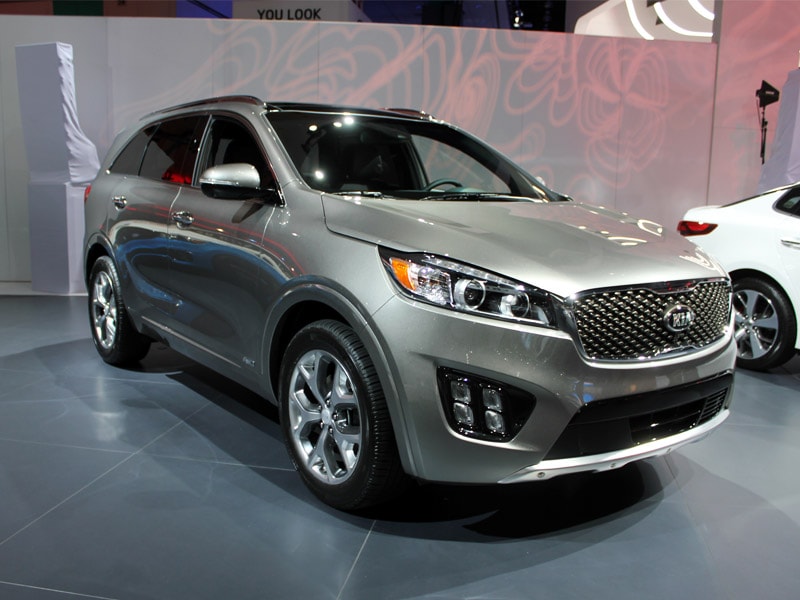
2016 Land Rover Range Rover Sport
Naturally, the full-size Land Rover Range Rover offers adaptive cruise control as well, but this midsize luxury suv packs a lot of the same equipment for a lower price, while still exuding a high-class air. And in common with most upscale vehicles, adaptive cruise control is on the options list. The Queue Assist enhancement comes into its own when there’s a line of vehicles all doing that brake/stop/set off/brake dance. Off-road assets include a different kind of cruise control: crawl control. On tricky terrain, the driver keeps off the pedals and just concentrates on steering. Which is not unlike using adaptive cruise control on the roads.
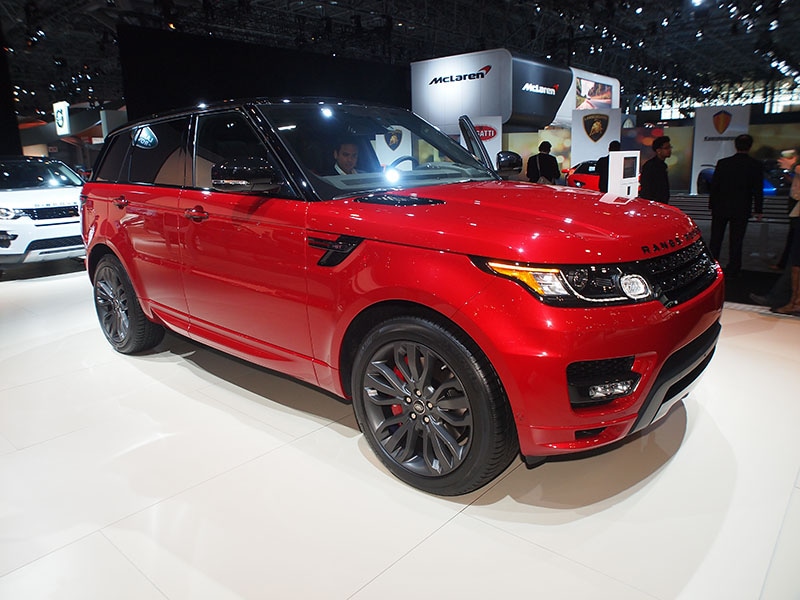
Photo by Megan Green
2016 Lexus RX
This is an all-new generation for 2016 and so the technology available is up to the minute. Although Lexus vehicles had a good reputation for having comprehensive lists of standard equipment, to have adaptive cruise control in the RX means springing for the Premium, Luxury or F Sport options bundle, each of which contains the all-important Lexus Safety System Plus. The upside is that it also includes frontal collision warning with pedestrian detection and automatic braking, plus lane departure warning and intervention. The adaptive cruise control feature works as smoothly as the Lexus badge would imply, maintaining a safe distance from the vehicle in front and adjusting speed right down to a complete stop and back up again. Traditionally, the Lexus RX has been a best-seller among midsize premium crossover SUVs. This new design could put some buyers off, but it might just attract a few others.
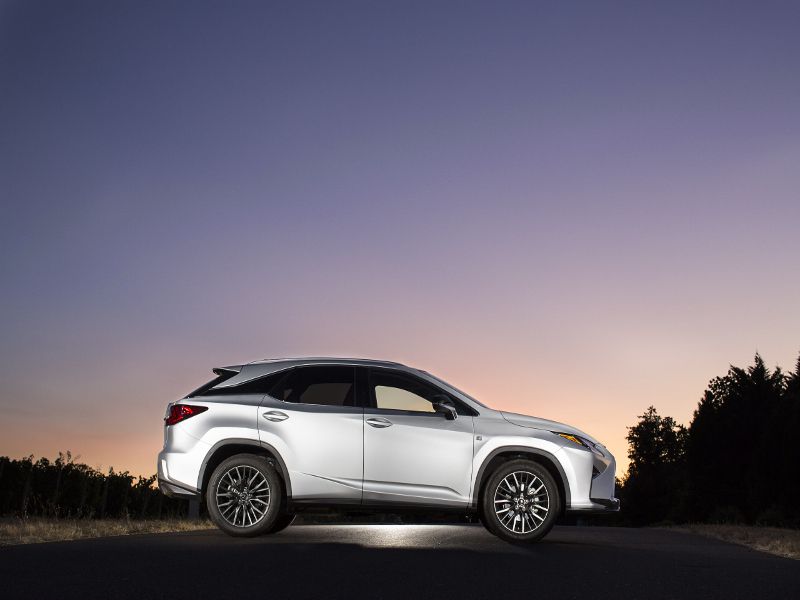
2017 Mercedes-Benz GLS-Class
Available in March 2016, this seven-seater, full-size, luxury SUV takes over from the GL-Class, sports a new look and proclaims its S-Class origins with its last initial. So a high level of technology is a given. Mercedes-Benz has offered some form of intelligent cruise control for years. The company’s name for it is Distronic. In the GLS, a new generation known as Distronic Plus is available as part of the Driver Assistance Package. Put every function in this package together and the GLS runs close to being an autonomous vehicle. The adaptive cruise control also has a steering assistance function. How it works in practice is that it feels like an extra virtual hand on the wheel as well as a virtual foot on both the accelerator and brake pedals. When dealing with stop-go traffic, the system helps out by always being aware of surrounding vehicles and even steering the car when the road curves somewhat.
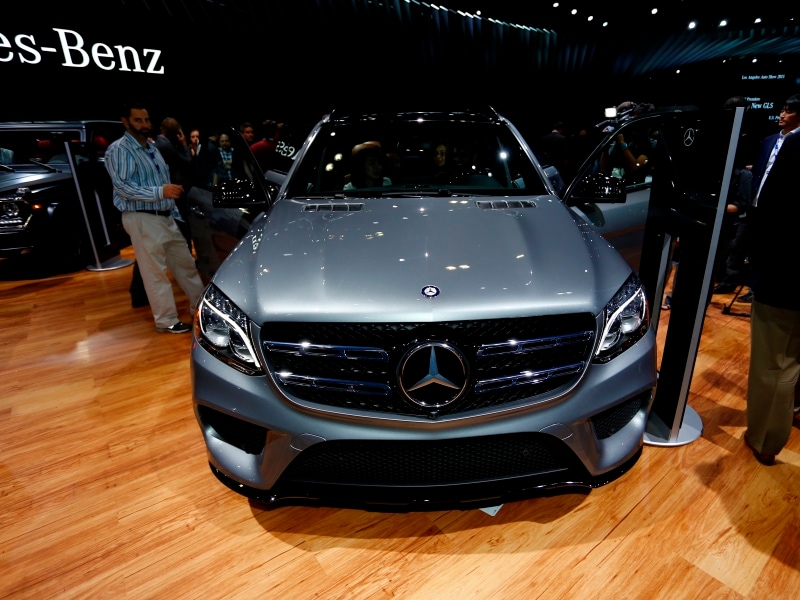
Photo by Rex Torres
2016 Nissan Murano
The Nissan Murano is a well-regarded midsize crossover SUV. Go for the SL (the second highest trim level) or the top Platinum version, and the Technology package becomes available. This bundle adds forward collision warning with automatic emergency braking and a panoramic sunroof to the adaptive cruise control feature. The good thing is that these trim levels will already have blind spot monitoring with rear cross-traffic alert, 360-degree camera system, and plenty of other comfort and convenience features. However, according to the National Highway Traffic Safety Administration (NHTSA), the 2016 Murano does not offer lane departure warning or lane-keeping assist features, which is downright weird in this day and age.
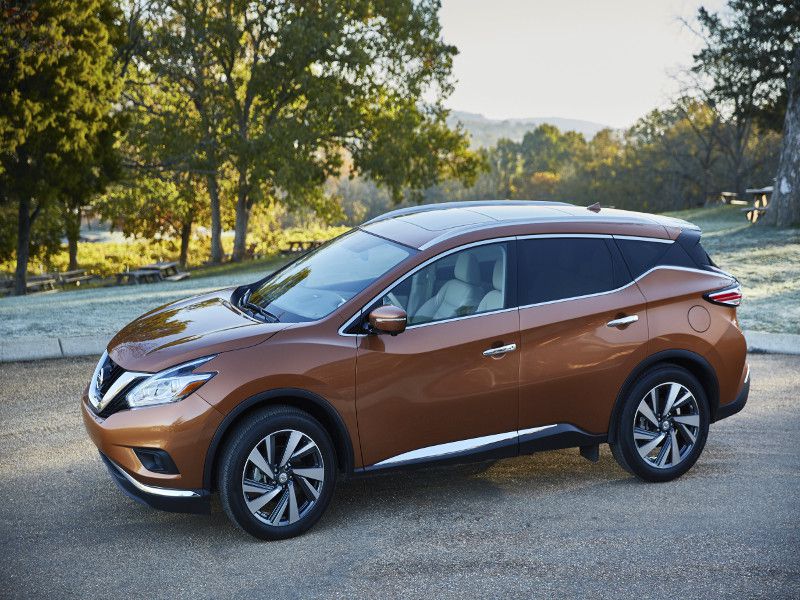
2016 Porsche Macan
The Porsche Macan's system here works with Porsche Active Safe (PAS), which detects whether a driver is coming up on another vehicle too quickly, and lets out audible and visual warnings, plus a virtual tap on the brake pedal. If necessary, the adaptive cruise control/PAS combo will even initiate emergency braking. PAS will also work if the adaptive cruise control is not in use. This compact premium crossover SUV is still quite new, having debuted for the 2015 model year, but has already won over critics and buyers alike with driving manners worthy of the Porsche badge, handsome interior, and high quality overall. Naturally, adaptive cruise control is an optional extra, along with other active safety features.
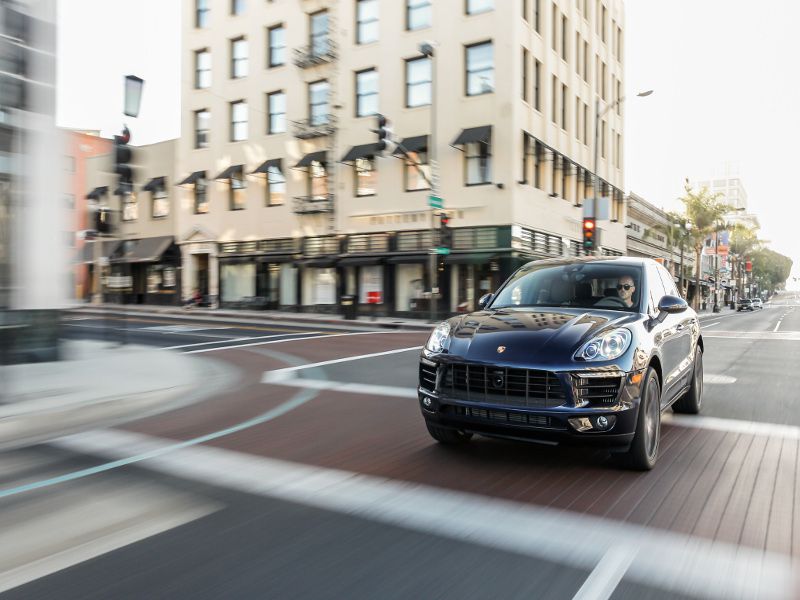
2016 Toyota Land Cruiser
The ultimate SUV, the Toyota Land Cruiser, only comes in one trim level, with no provision for optional extras. That said, virtually every bell and whistle is included in the not-inconsiderable price. The 2016 year brings blind spot monitoring with rear cross-traffic alert, lane departure warning and a forward collision system that can detect vehicles and pedestrians and apply the brakes at low speeds. These are joined by Dynamic Radar Cruise Control. It’s a system also found in other Toyota vehicles and replaces what used to be a laser-based setup, which was prone to glitches from road grime and insect bodies, but radar doesn’t have such issues. Instead, DRCC has won over drivers who might not have bothered with regular cruise control at all in the past.
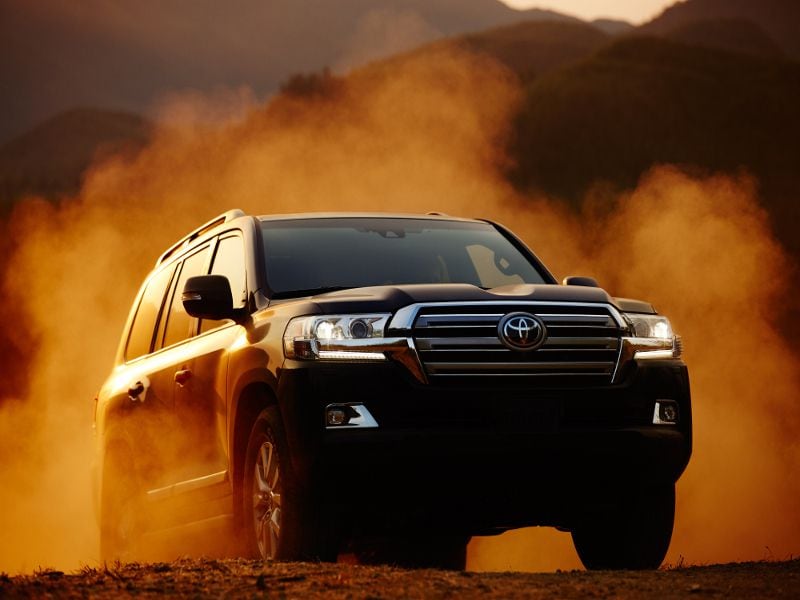
2016 Volvo XC90
Th Volvo XC90, a large, seven-seater SUV, is all-new for the 2016 model year. Given this freshness and the need to compete in a tech-heavy world, it’s only logical that the XC90 should offer adaptive cruise control. “Convenience Package” is the operative term here, consisting of front parking sensors (to complement the standard rear parking sensors and rearview camera), lane departure warning with lane-keeping assist, automated parking assist, compass, garage door opener, power-folding third-row seats, 12-volt outlet in the cargo area and, um, a grocery bag holder. Plus, of course, adaptive cruise control with automatic braking. Even the most basic version still has collision avoidance systems with pedestrian and cyclist detection. Which means that buyers won’t have to spend fortunes on options to get all the desired equipment. Unless they really want to.
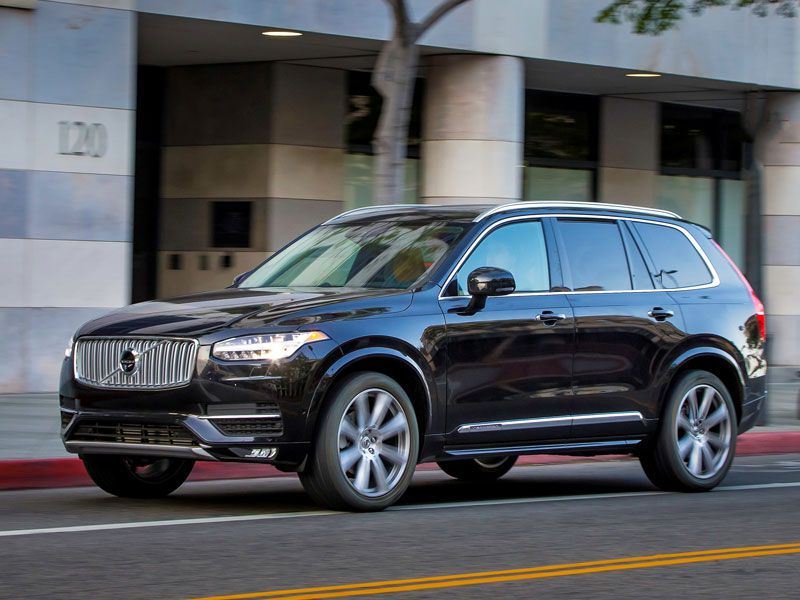
Photo by Volvo